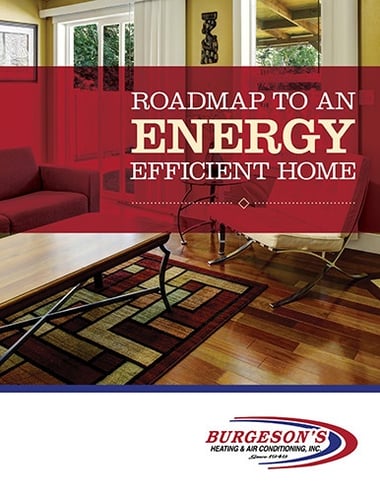Apart from insulation, ventilation is an important element in a home's energy efficiency. Attic ventilation is usually not synonymous with lower cooling bills, but it should be. Many people simply choose not to concern themselves with attic vents and the many variations of them: rectangular, hooded, etc. One reason to think about ventilation, however, is a homeowner's comfort level; did we also mention reduced utility bills? Improving ventilation can surely lower energy costs by relieving excess strain on an air conditioning unit.
Why Do You Need Attic Ventilation?
The blistering summer heat and unforgiving winter temperatures (in extremely cold climates, especially) are two of the main reasons to take attic ventilation seriously. The solution? Roof and soffit vents. These provide year-round benefits to building materials and comfort level. Here are a few reason to improve attic ventilation:
Energy Efficiency
Buying a high-efficiency HVAC system is not the only way to improve a home's energy efficiency. Although it helps, if homeowners do not consider attic ventilation, their new HVAC system will not work at its maximum efficiency. A warm summer attic puts unneeded strain on an air conditioning unit making it compensate for the oven-hot attic temperatures.
Structural Integrity
A warm attic can seem innocuous but, in reality, it can be detrimental to a home's building materials. Heat can reduce the effectiveness of the layer underneath the roof shingles making them brittle. Heat buildup, ultimately, causes the roofing materials to age prematurely.
Moisture Reduction
Especially during the cool winter months, moisture can be a real nuisance. Ventilation can help heat and moisture escape during the winter. Without it, moist air can come from below. Moisture can end up damaging insulation.
How Do You Ventilate?
Ultimately a professional contractor can help determine exactly how much ventilation a home needs. As a rule of thumb, however, homeowners need one square foot of attic ventilation for every 300 square feet of ceiling space. Roof vents are commonly placed near the peak of the roof; soffit vents are placed in the eaves. Outside air can circulate in through the soffit vents and exit through the roof vents above. Homeowners can tell if their roof is acting like a sauna simply by touching their ceiling on a warm day. A hot ceiling indicates trouble and requires better ventilation.
The ideal attic should have an equal amount of air coming and heading out. Since heat rises, cool air can enter the attic from the eaves and remove hot air through the vents at the peak of the roof. While it may seem counterintuitive to tout home insulation and attic ventilation, it is crucial to have both for an energy-efficient home.












